We can’t possibly dissect Week 2 of our Fields of Decay Residency without going backwards in time and touching in on our epic discussion with Dr. Evan Stephens, who brought us into awareness and up-to-date on biotechnology and agricultural issues affecting the ecology of our planet. Attempts to title this blog according to steps in farming processes may be a failed endeavor, considering that brief internet research proves inconclusive on whether tilling is actually a beneficial practice. Alas, the following discourse will attempt to aerate the massive bed of information that we have inherited, in hopes of growing some nutritious, digestible, sustainable, and delicious food for thought.
When Algae Ruled the Earth
We engaged with Evan in a 3+ hour chat over wine and cheese, covering everything from types of waves to electromagnetic fields to biodiversity to biological energy to alternative modes of powering the planet to nutrition to farming to carbon sequestration to dead zones in the sea to oil spills to over-fertilization to “living solutions” (we’re talking bacteria here, exchanging energy across cultures to create living batteries)—and exploring what other ways we can extract energy from the environment to feed the planet, which in turn, can be fed back through energy and water. (If that run-on sentence seems crazy, you can only imagine what the extended conversation was like!) It did, however, lead us down the path to understanding a more encompassing ecological perspective, resisting departmentalization and celebrating cross-pollination.
The usual subdivision of science into chemical, physical, botanical, and other departments, necessary for the sake of clarity and convenience in teaching, soon began to dominate the outlook and work of these institutions. The problems of agriculture — a vast biological complex — began to be subdivided much the same way as the teaching of science. Here it was not justified, for the subject dealt with could never be divided, it being beyond the capacity of the plant or animal to sustain its life processes in separate phases. It eats, drinks, breathes, sleeps, digests, moves, sickens, suffers or recovers, and reacts to all its surroundings, friends and enemies in the course of twenty-four hours. Neither can any of its operations be carried on apart from all the others; in fact, agriculture deals with organized entities, and agriculture research is bound to recognize this truth at the starting point of its investigations.
In doing this, but adopting the artificial divisions of science as at present, established conventional research on a subject like agriculture was bound to involve itself and magnificently has got itself bogged. An immense amount of work is being done, each tiny portion is a separate compartment; a whole army of investigators has been recruited; a regular profession been invented. The absurdity of team work has been devised as a remedy for the fragmentation which need never have occurred. This is nonsensical. Agricultural investigation is so difficult that it will always demand a very special combination of qualities which from the nature of the case is rare. A real investigator for such a subject can never be created by the mere accumulation of the second rate.
“The Soil and Health,” 1947
Sir Albert Howard
excerpted from “Paramagnetism,” 1995
Philip S. Callahan
given to us by, 2016
Evan Stephens
After a lovely lentil entrée by Leah, more talk concerning topics like vegetarianism and healthy nutritional practices, and a Reiki exchange that may have converted another skeptic into an open mind, we went to bed very full in many ways.
Tapping Into the Training
Week 2, Day 1:
We started off strong on Monday, putting a call out to the Brisbane community for a collective Suzuki training session. Jo and Kelly joined us as we grounded our energies into our bodies, the earth, and into the surrounding space of the basement of Metro Arts.
It was a time to engage in the act of remembering together. How exactly do the sequences go? What music do we use? How can we count, lead, speak together? What is something we all know? (Turns out, one thing we all know was “Mary Had a Little Lamb,” though in Sophia’s nursery rhyme training, never seemed to graduate past the first stanza.)
Afterwards, Jo and Kelly participated in a brief writing exercise about energy. Kelly shared a beautiful story about energy, decay, and the human relationships to loss and grief. It is important to continue remembering why we started this project—the heartbreaking loss of our beautiful and fleeting existence.
After a week of imbibing intense scientific information, we were feeling quiet full. So we worked some more things out in the room before leaving to meet with Lawrence English, sound designer and all-around wise one. He proposed that perhaps stomping and grounding our energy was tamping down all the info into condensed bits and making room for more. We concur. Bring it on.
We spoke with Lawrence about different ways we could record our interaction with the earth and convert those waves into other forms. We discussed our parameters to define “sites of decay,” nuances in terminologies, and touching on the spiritual side of these investigations. We also talked about solastalgia, “the homesickness felt when one’s home environment is damaged or degraded”.
We returned home to see what other tools of measurement we could acquire. Plus, there was some potentially good news about the aura camera—our guy had some offers and was waiting to hear back, but it still hadn’t sold yet! We wondered if perhaps the universe was on our side…
A lovely little phenomenon has also been happening with Leah’s husband, Mark. Most nights, we sit down to a group dinner and we report our day’s findings to Mark. Prompted by his inquisitive, earnest, concerned, cynical and mildly amused demeanor, characters are starting to emerge from our proud yet equally self-deprecating improvisational banter. We started thinking about our roles as translators and explorers, documenting the performance by creating heightened versions of ourselves—turning up the amplitude, so to speak. We thought about what costumes and scientific measuring tools we may already have in our possession, and explored collaborating with people and technologies that could add complexity vs. exploring the lo-fi methods we have at our disposal and can access through creative means.
Leah: “Let me check my random stash of costumes. Maybe we have some lab coats in there.”
On the Road!
Week 2, Day 2:
We commenced conducting initial field tests, taking our shared sensibilities and matching hats out into the world.
Leah found an app in the AM called “Physics Toolbox,” created by a science teacher. It can measure light, sound, magnetic waves and more—simultaneously! We recorded these as well as barometric and pH levels. We attempted long exposure photos (that for unknown reasons failed), as well as sun sample light photos from Sophia’s Digital Harinezumi camera, which is designed to replicate 110-format photographs and Super 8 films. We also documented our qualitative experience through audio and video journals, citing historical references and felt experiences, both emotional, sensorial, and psychospiritual.
Targeted Sites
Our initial sites of interest were all defunct mine sights near Brisbane. These initially proved hard to locate, although Leah’s frustration in locating the sites was solved by the miracle of Wikipedia, which conveniently listed the exact map coordinates.
#001: Box Flat Mine (a coal mine near Ipswich, Qld which was in operation from 1969-1972, closing after a deadly underground gas explosion killed 17 miners).
#002: New Oakleigh Mine (the second-last remaining coal mine in the Moreton Basin, officially closed in 2013 – although there was still some serious security at the site entrance so we based our tests in a grassy area adjacent).
#003: Kingston Gold Mine (currently known as “Mt. Taylor Park”, previously a gold mine, then an industrial waste dumping site, then a residential lot that was closed down when toxic sludge oozed from the ground)
We ended our intense first day of field testing at Mullumbimby, which promotes itself as ‘biggest little town in Australia.’ We stayed with Casus Circus who were camping out and training in the Spaghetti Circus’ training space and showgrounds. It was lovely to stand on the seashore, take a few breaths and gaze at the multitude of stars in the night sky. We fell asleep and woke up to a biophony of nature’s soundscape, fitting as we had listened to a podcast with Bernie Krause on the way there: The World’s Disappearing Natural Sound.
International Science Detectives
Week 2, Day 3 — the morning after camping:
Leah: “My thighs still hurt.”
Sophia: “Well, we were out in the Field all day yesterday…
…no rest for the scientific!!”
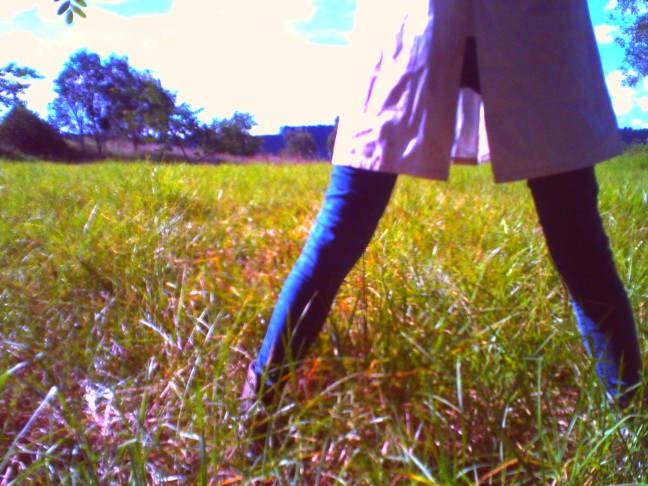
It was hot and steamy when we woke up in the tent, a good motivation to get out of there and head straight to the beach for a swim. We soaked up the positive vibes of the sea’s negative ions before heading to one of Brunswick Head’s many cute cafés for lattes, juices, and the splitting of a white chocolate and macadamia nut muffin at The Terrace Espresso Bar.
We then sat in on the creative development of Casus Circus’ new piece “Driftwood,” giving feedback to Natano and Kali’s dance conversations, communicating across contemporary dance, tradition Samoan style, and shared circus shenanigans. Leah even practiced balancing on Abbey’s shoulders. There are many drugless ways in which to feel high.
https://twitter.com/CasusCircus/status/717889457253277696
We proved this concept further by going to Burringbar, which might be best known for its overgrown railroad. We went to get our minds, hearts, and bodies blown away by Wayne and Buddita.
We can’t say too much about our revelatory meeting with the spiritual physicist and miracle healer (TOP SECRET MISSION!), but we can tell you this much:
When we pressed Wayne to describe the science of things like Zero Point Energy, he countered our line of inquiry by saying that these definitions were not necessary for us to “achieve our endgame.” We were encouraged to keep our endgame in mind (which also happens to be inextricably linked with our intentions in starting this project to begin with).
ENDGAME: To create an experience that will allow people to feel, even if for one glorious moment, that everything in this universe is made of energy—and thus, that we are all interconnected. If we can achieve this, people will be able to understand on a visceral level that we are all made of the same star stuff, and perhaps consider the world around us in a new way, with an environmental empathy that causes us to more deeply consider our choices and actions in relationship to everything else.
In quantum physics, quantum coherence means that subatomic particles are able to cooperate. These subatomic waves or particles not only know about each other, but are highly interlinked by bands of common electromagnetic fields, so that they can communicate together. They are like a multitude of tuning forks that all begin resonating together. As waves get into phase or synch, they begin acting like one giant wave and one giant subatomic particle. It becomes difficult to tell them apart. Many of the weird quantum effects seen in a single wave apply to the whole. Something done to one of them will affect the others.
Coherence establishes communication. It’s like a subatomic telephone network. The better the coherence, the finer the telephone network and the more refined wave patterns have a telephone. The end result is also a bit like a large orchestra. All the photons are playing together but as individual instruments that are able to carry on playing individual parts. Nevertheless, when you are listening, it’s difficult to pick out any one instrument.
“The Field,” Lynne McTaggart
Wayne told us that science has long been used as the construct for us to talk about our observable universe, but that it’s not the only way. We are to keep it simple. It is:
what you know
how you understand it
share it in this way…
Then we will be on the “fast track” to…somewhere. We’re pretty sure that place is awesome since it exists both outside and within the realm of spacetime. We’re also pretty sure we were gifted the keys to the mysteries of the universe. On the drive home (sandwiching a very important stop for a traditional Aussie pie), we even started drafting a screenplay for our international science espionage film. We haven’t laughed that hard since infinity.
Science Enthusiasts Unite!
#Fasttrack
Week 2, Day 4:
Buddita said that we should take the next day to rest. Sophia’s energy/bodywork was so intense that it was suggested, “She might sleep for 24 hours, and if so, just let her. That would be a good thing.” Instead, we woke up in the morning to board a plane to Sydney.
We had a prescheduled date with destiny, Love Letters to Other Worlds, and to reap the winnings of our offline auction. We were the proud near-owners of a Guy Coggins Aura Camera 6000! So we took all our luggage to North Sydney to find that our winnings were much heftier than we expected.
There was this:
And this:
And more! With bags packed full of aura gear, the mystery and intrigue continued into our imminent future/present:
Mission Possible: Distribution of Free Energy. Will our agents save the planet? Or at least convince some people to care about it?
To Be Continued…
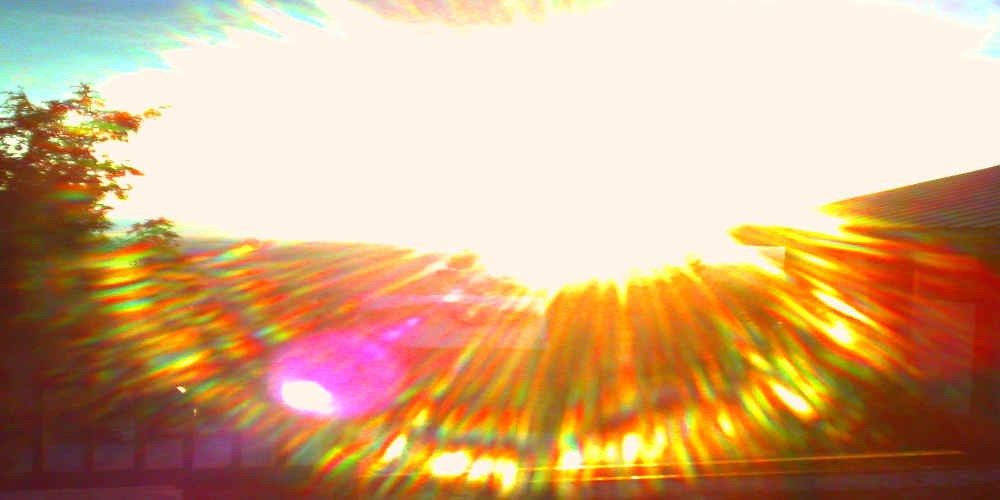


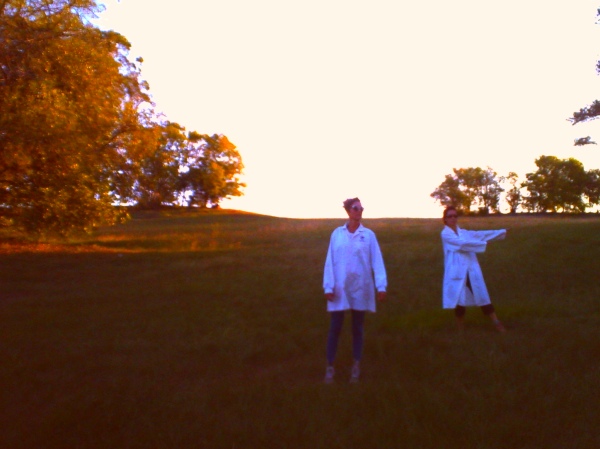
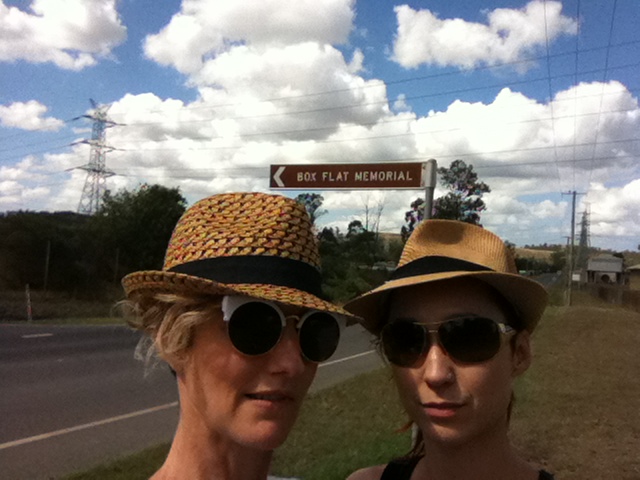


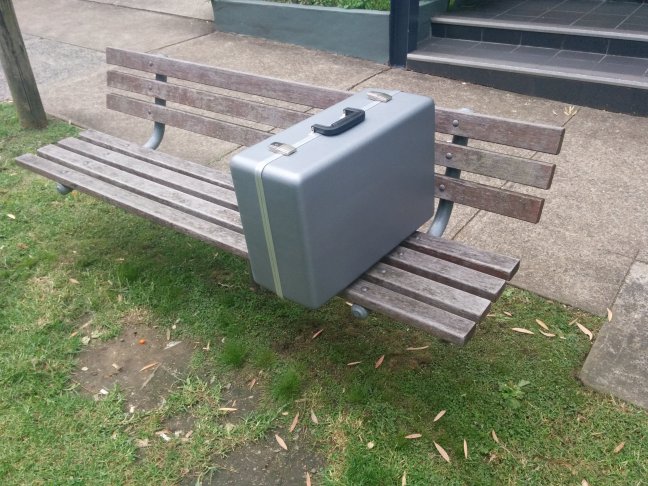
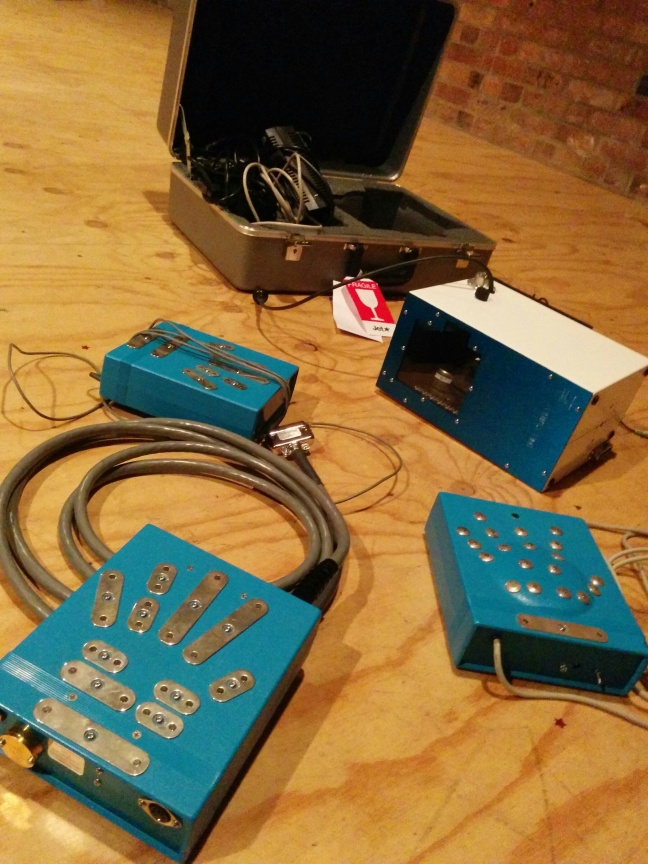
One thought on “Tilling the Soil”